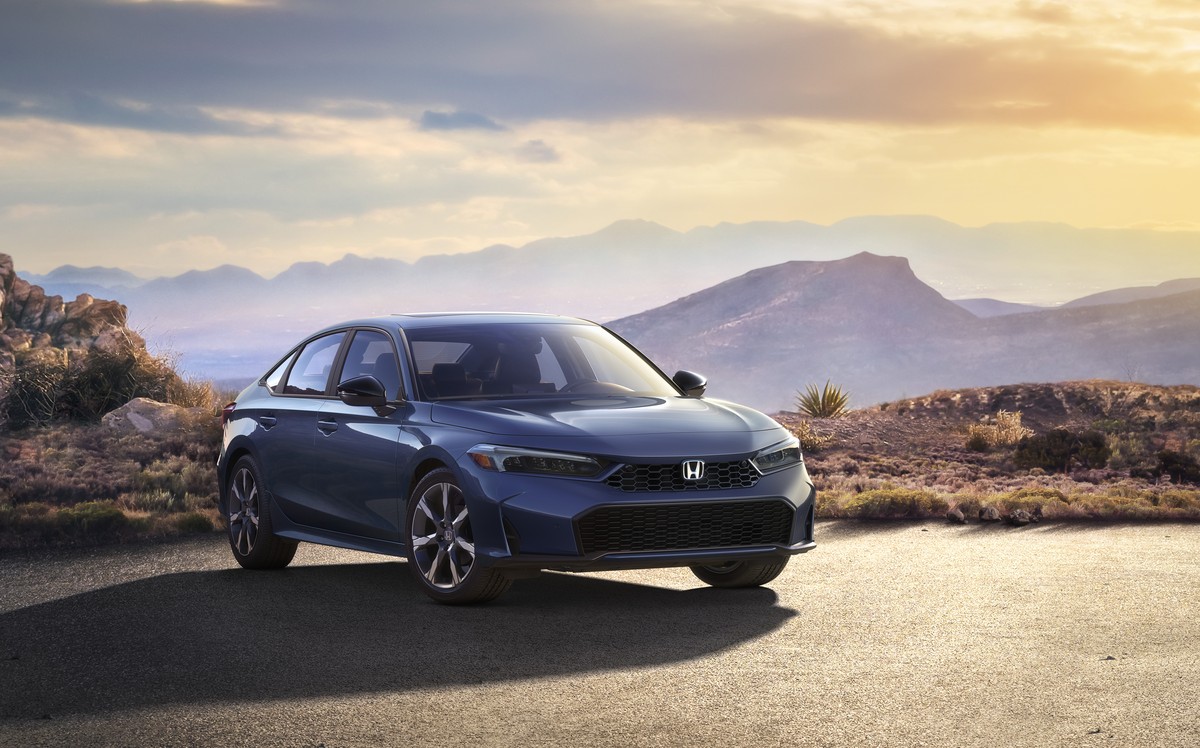President Donald Trump enacted 25% tariffs on all goods entering the country from Mexico and Canada on Tuesday. Products from China face a similar 20% tariff. This move has the potential to raise new car prices, used car prices, car repair costs, car insurance rates, and even the price of gas. But it may have caused at least one automaker to consider moving jobs to America in three years.
Reuters reports, “Honda has decided to produce its next-generation Civic hybrid in the U.S. state of Indiana, instead of Mexico, to avoid potential tariffs on one of its top-selling car models, according to three people familiar with the matter.”
The Civic was the 10th best-selling vehicle in America last year. Honda expects hybrid models to make up 40% of Civic sales this year.
Move Would Have Limited Effect
Honda has refused to confirm the report, telling the Indianapolis Star, “Honda has made no such announcement and will not comment on this report.”
The move, if true, wouldn’t take effect until 2028. Automakers typically redesign cars every five to seven years and move production only when introducing an all-new design. Each new design requires retooling a factory, entering into hundreds of supplier contracts, and committing to labor agreements. That makes moving during a production run prohibitively expensive.
Honda builds Civic models in at least seven countries. The company had planned to start building some next-generation Civics for sale in the U.S. at a Mexican factory in 2027. Reuters reports that the company will delay the model by one year and move some of that production to Indiana instead.
If Americans buy more Civic Hybrids than the Indiana plant can produce, “Honda would look to import from nations not hit by tariffs.” Current production sites not included in Trump’s tariffs include Pakistan, Thailand, and Malaysia.
However, Honda builds the cars with hundreds of parts imported from Canada and Mexico. Federal law requires automakers to report American and Canadian parts content as if the two countries were one. Even the car with the highest percentage of American and Canadian parts (currently the Tesla Model 3 Performance) uses some parts from China and Mexico as well.
Those parts could see their prices increase many times under the new tariff scheme. Parts routinely cross borders more than once during production and would be tariffed at each pass. Unless Honda can find suppliers in the U.S. for every Civic Hybrid part, those impacts would still push up the price of Civics built in Indiana.
Auto Industry Unlikely to Follow Quickly
Honda’s decision, if true, illustrates the complexity of large manufacturers trying to respond to the tariffs.
President Trump, in his second term, cannot serve past Jan. 20, 2029. Car design cycles last longer. Automakers make few decisions with a horizon as short as four years.
That requires them to sign contracts with suppliers and unions years before production. Many in the auto industry say factories are more likely to close in the short term than move.
“Some parts makers have said assembly and parts plants in all three countries could be stopped within days of tariffs coming into place,” reports industry publication Automotive News.
Ford has reportedly warned suppliers that it may delay introducing its next-generation F-150 pickup due to tariff concerns.
A recent analysis from S&P Global Mobility predicts that “North American light-vehicle sales would decline by 10% for ‘several years’ and make the region less competitive if tariffs are sustained,” AN reports.
Additional Tariffs Likely
Yesterday’s move could be the first of at least four separate rounds of tariffs affecting car prices.
Trump has also promised new levies on steel and aluminum, the principal materials for car parts, beginning March 12.
Tariffs specific to the auto industry could begin on April 2, while “reciprocal tariffs” against countries that tariff American cars could begin at any time.








